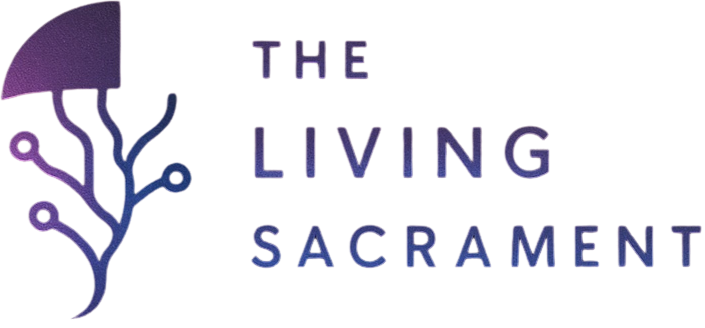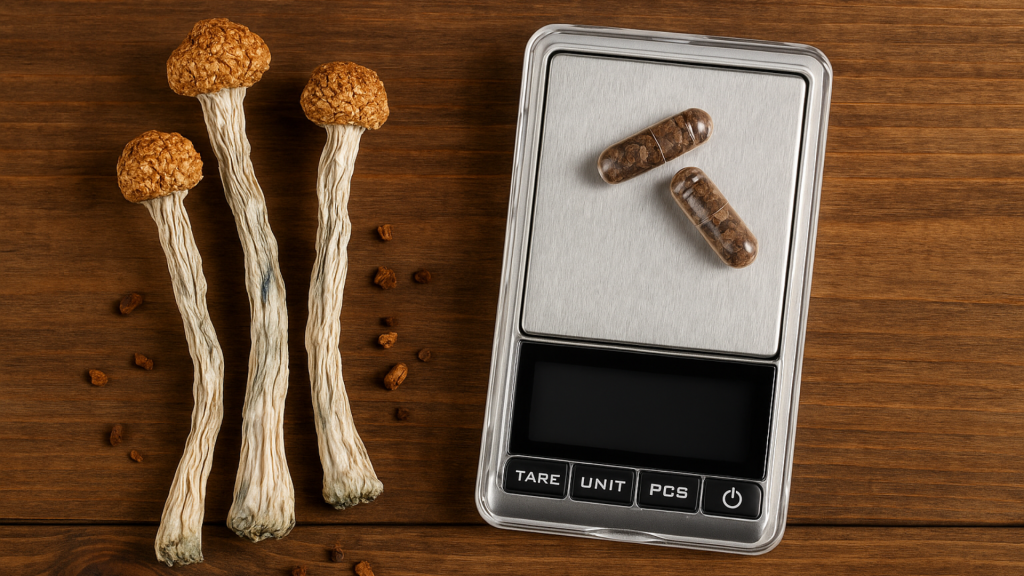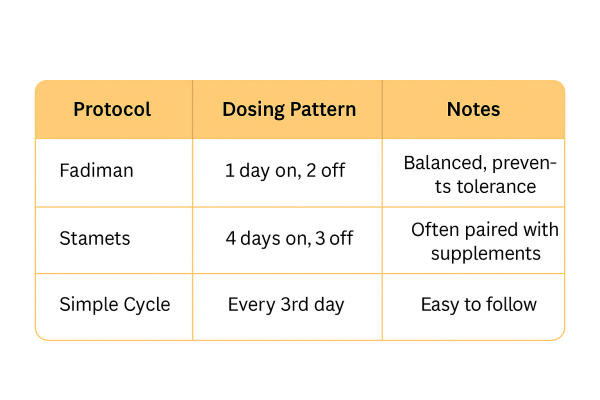Microdosing mushrooms has become one of the most talked‑about trends in wellness and productivity. The idea is simple: instead of taking a full psychedelic dose of psilocybin mushrooms, people take very small amounts, so small that hallucinations don’t happen. The goal is not a trip but subtle benefits like better mood, focus, and creativity. Let’s break down what microdosing mushrooms really is, what science says, how people do it, and the potential risks.
What Is Microdosing?
Microdosing means taking about one‑tenth of a standard psychedelic dose of psilocybin mushrooms. For most people, that’s 0.1 to 0.3 grams of dried mushrooms. At this level, effects are considered sub‑perceptual. In other words, the goal is not to see visuals but to feel more clear‑minded, balanced, or inspired in daily life.
Why People Microdose
Surveys and studies show common reasons why people turn to microdosing:
- Improve mood and reduce mild depression.
- Support focus, productivity, and creativity.
- Enhance mindfulness and meditation.
- Reduce anxiety or stress.
- Break patterns of unhealthy habits.
A study in the Harm Reduction Journal found that many users reported better emotional balance, improved concentration, and more connectedness in daily life.
What Science Actually Says
So far, research shows a mix of results:
- User reports: Large surveys suggest mood improvements and boosts in creativity.
- Controlled studies: A Translational Psychiatry study showed that some effects are linked to expectation, meaning the placebo effect plays a role.
- Systematic reviews: A ScienceDirect review notes that while microdosing is popular, strong clinical evidence is still limited and more research is needed.
The bottom line: microdosing may have real benefits, but science hasn’t fully confirmed all of them yet.
How to Microdose Mushrooms
People use different methods, but here are common approaches:
- Preparing the dose
- Dry and grind mushrooms into a fine powder.
- Use a digital scale to weigh between 0.1–0.3 g.
- Place powder into empty capsules for consistency.
- Choosing a schedule
- Fadiman Protocol: 1 day on, 2 days off.
- Stamets Stack: 4 days on, 3 days off, sometimes combined with lion’s mane and niacin.
- Every third day: Many users keep it simple, dose once every three days.
- Tracking effects
Journaling helps spot patterns in mood, focus, and creativity.
Risks and Challenges
Microdosing is not risk‑free:
- Anxiety or restlessness: Some users report jittery feelings.
- Unwanted emotions: Subtle shifts can still be uncomfortable.
- Tolerance: Taking too often reduces effects.
- Legal issues: Psilocybin remains illegal in many places.
A ScienceDirect review warns that while many reports are positive, not everyone benefits and some feel worse.
Who Should Avoid Microdosing
- People with a history of psychosis or schizophrenia.
- Anyone with serious heart conditions.
- Those who are pregnant or breastfeeding.
Always consult a medical professional before experimenting.
Final Thoughts
Microdosing mushrooms is simple in concept but complex in practice. People take tiny doses of psilocybin mushrooms to feel more balanced, creative, or focused without hallucinations. Surveys suggest benefits, but science is still catching up. Whether using the Fadiman, Stamets, or a simple cycle, the key is careful dosing, consistency, and self‑awareness. For many, microdosing is less about escaping reality and more about engaging with it more fully.
References
- ScienceDirect. The emerging science of microdosing: A systematic review.
- Harm Reduction Journal. Psychedelic microdosing benefits and challenges.
- Nature. Microdosing with psilocybin mushrooms: a double-blind placebo study.
- ScienceDirect. Microdosing Psychedelics: Current Evidence From Controlled Studies


